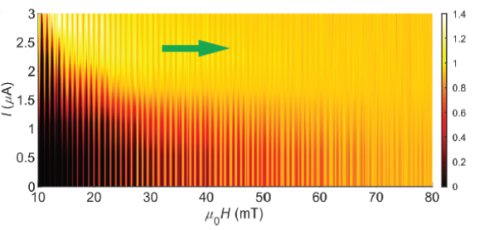
Two types of superconductivity compete at the edge between a topological semimetal and a conventional metal, causing the electrons to switch behavior erratically.
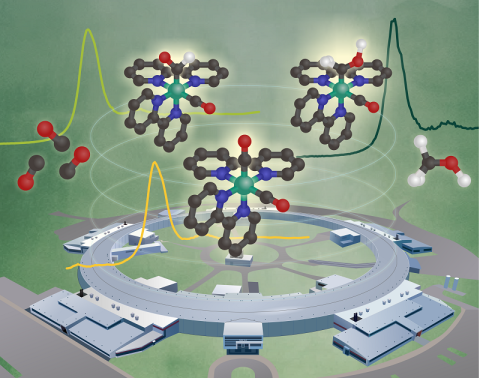
Scientists used a series of three distinct, sequential reactions to transform carbon monoxide into methanol using proton-electron mediators.
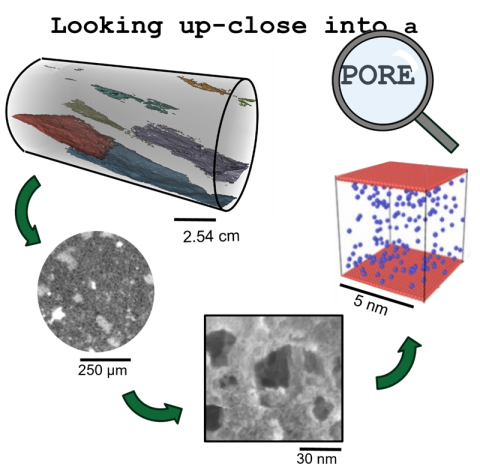
Years of basic scientific research crosscutting multiple disciplines produces new information on the nanoscale complexities of shale.

Scientists examine how molecular systems made of nanocrystals and proteins support the production of ammonia using light.
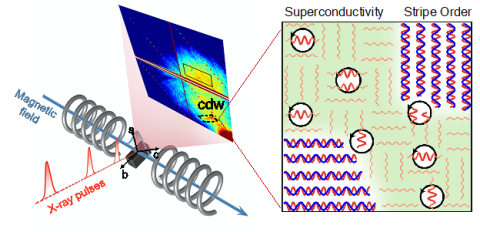
Scientists discover that superconductivity in copper-based materials is linked with fluctuations of ordered electric charge and mobility of vortex matter.
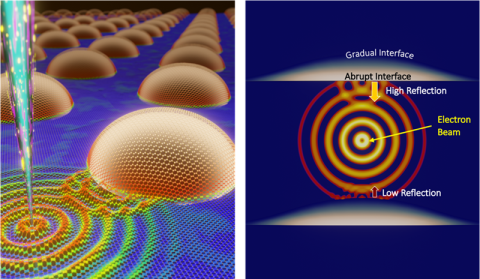
Scientists develop a nanoscale electron imaging method that reveals the dynamics of the collective vibrations of atoms at the interface between materials.
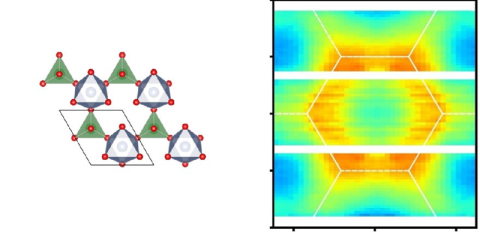
Electric fields in a crystal of Ni2Mo3O8 create spin excitons and elusive magnetic order.

Theory uncovers the formation process and dynamics of atomic-scale defects for generating and controlling qubits for quantum computers and sensors.
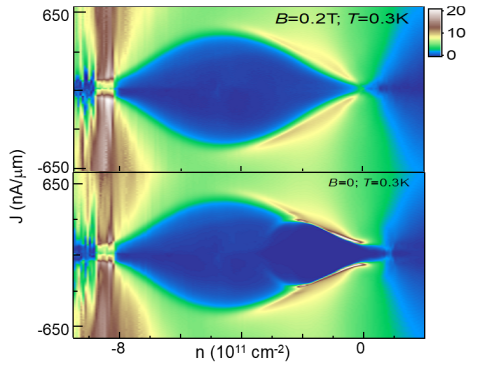
Twisted bilayer graphene defies conventional theories by exhibiting superconductivity despite a vanishingly small charge carrier velocity.
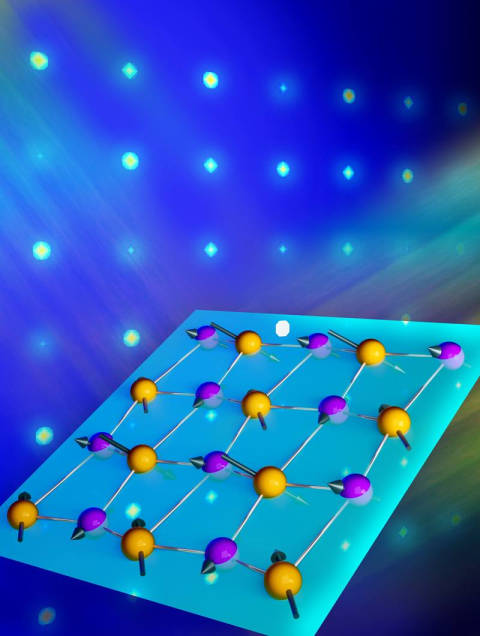
For the first time, researchers discovered magnetic order at high temperature in a metal widely used by the electronics industry.

